STEPS
TOOLS
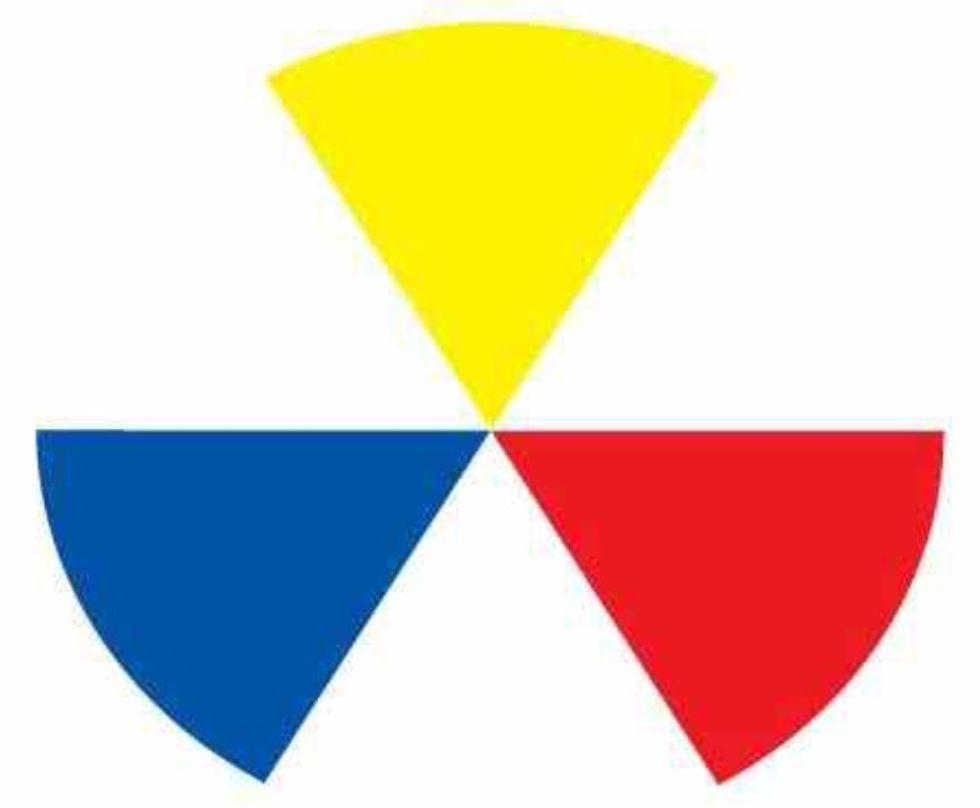
We have previously learned about the Primary colors (Yellow, Red, and Blue)
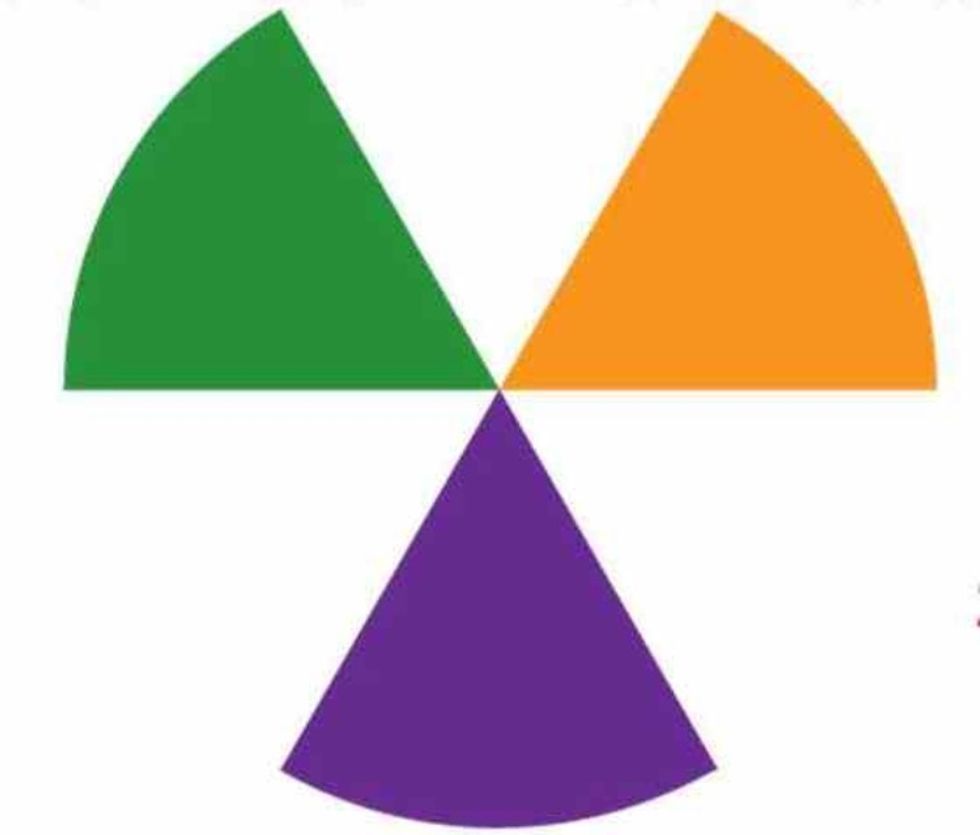
When we mix two Primary colors, they make a Secondary Color. Yellow+Red=Orange, Red+Blue=Purple, and Blue+Yellow=Green

When we put the Primary and Secondary colors together, they make the basic color wheel
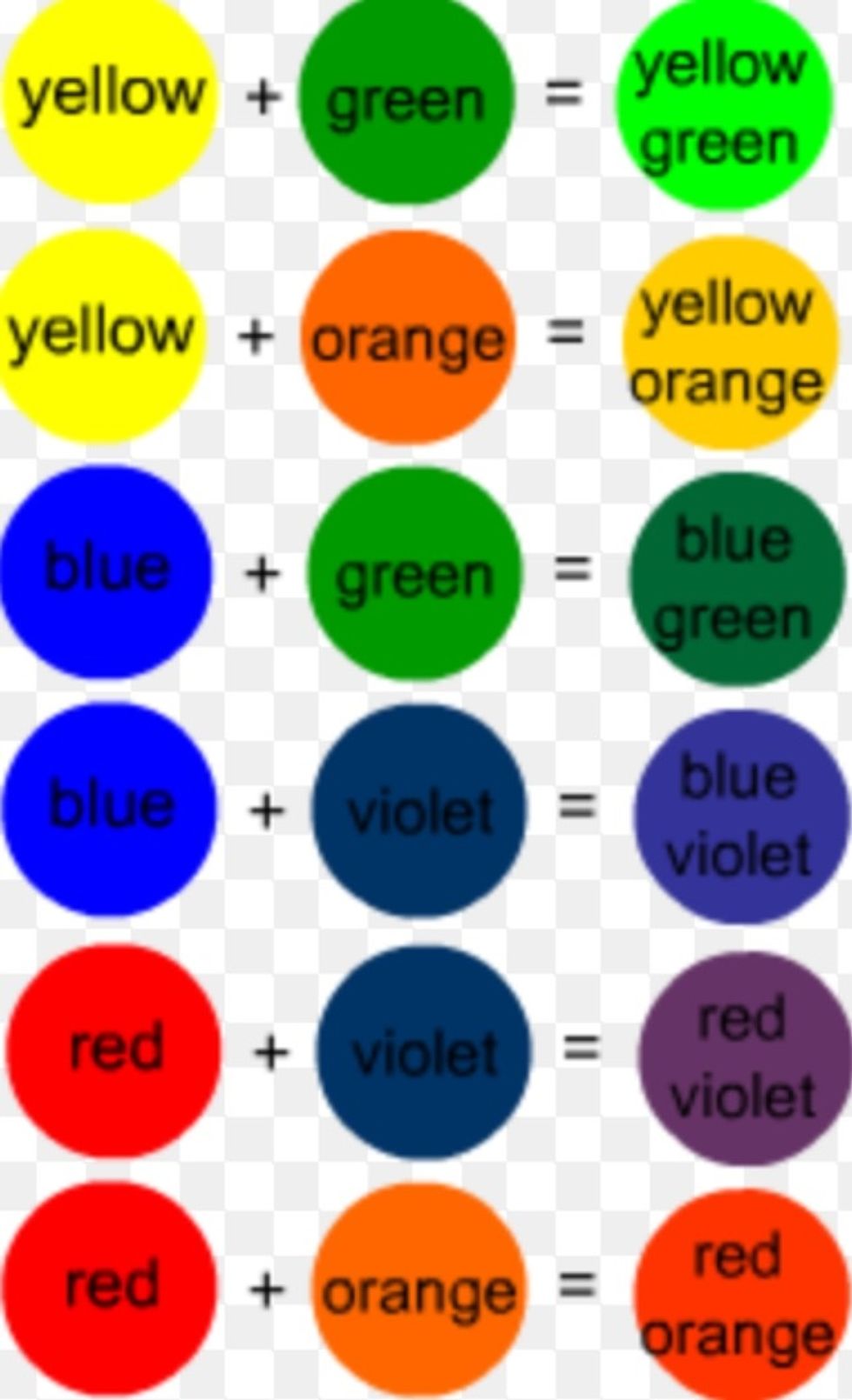
When you mix a Primary color and the Secondary color next to it, you get an Intermediate color. When naming these colors, you always say the Primary color first. Read the sentences aloud, together
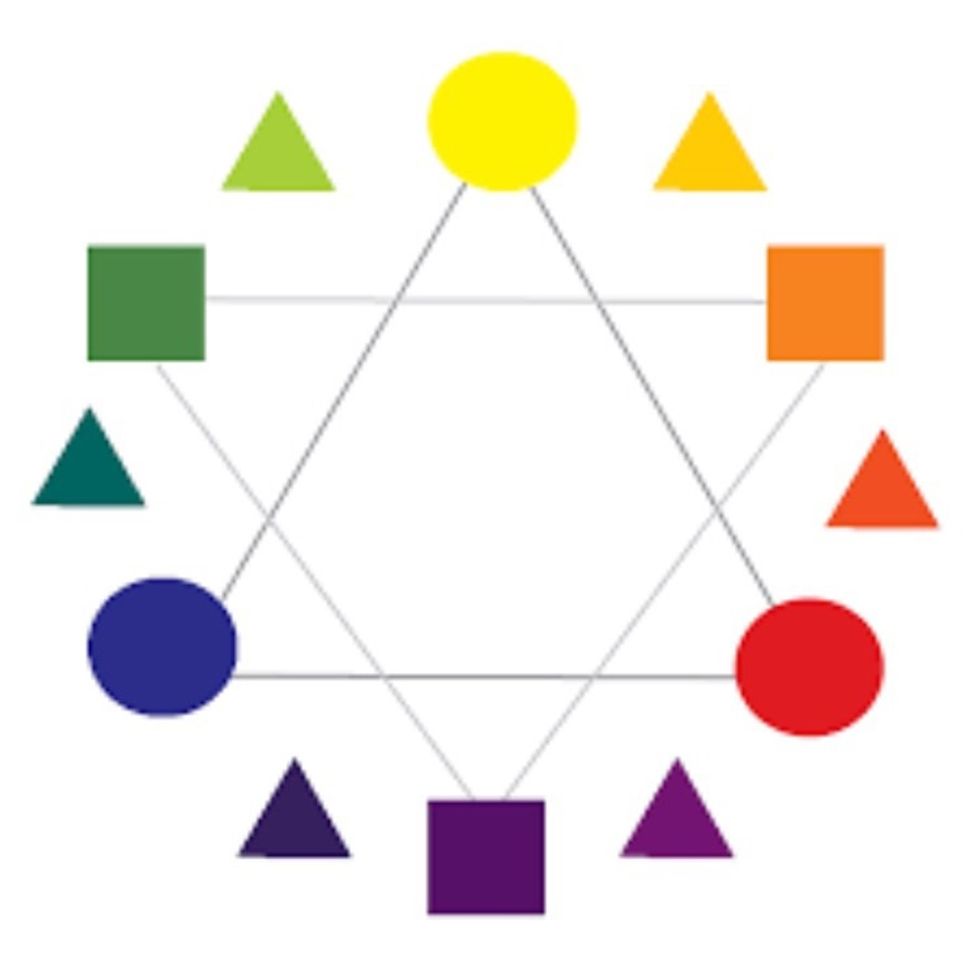
This is the color wheel including intermediate colors (similar to the one hanging on the board). Circles are Primary colors, Squares are Secondary colors, and Triangles are Intermediate colors
Decide what Intermediate color you would like to paint. When that color is called, your teacher will move you to be with people who will be creating that same color. No more than 5 per table.
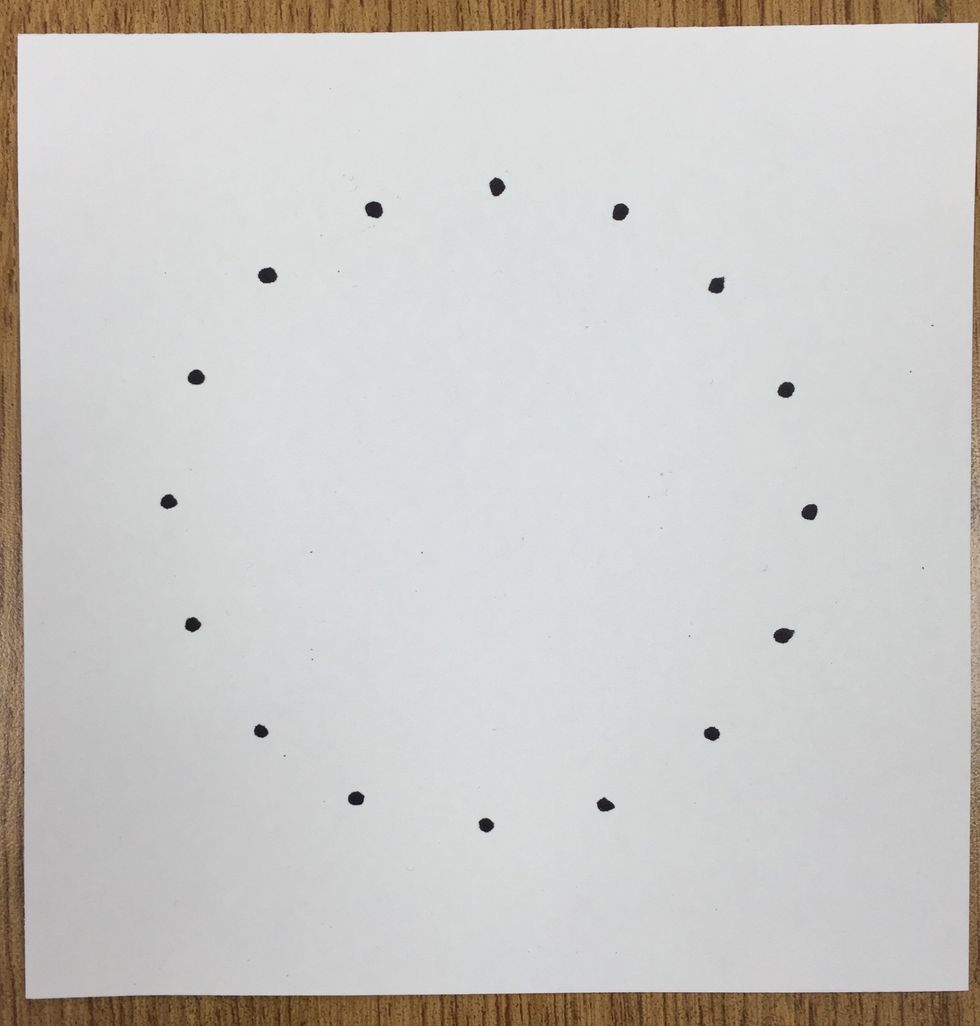
Everyone should have their painted piece of cardboard from last class. This is the front that you will be painting today.

Begin by painting with your lightest color a little less than halfway down from the top, as pictured. When finished, wash out brush and wait for next direction.
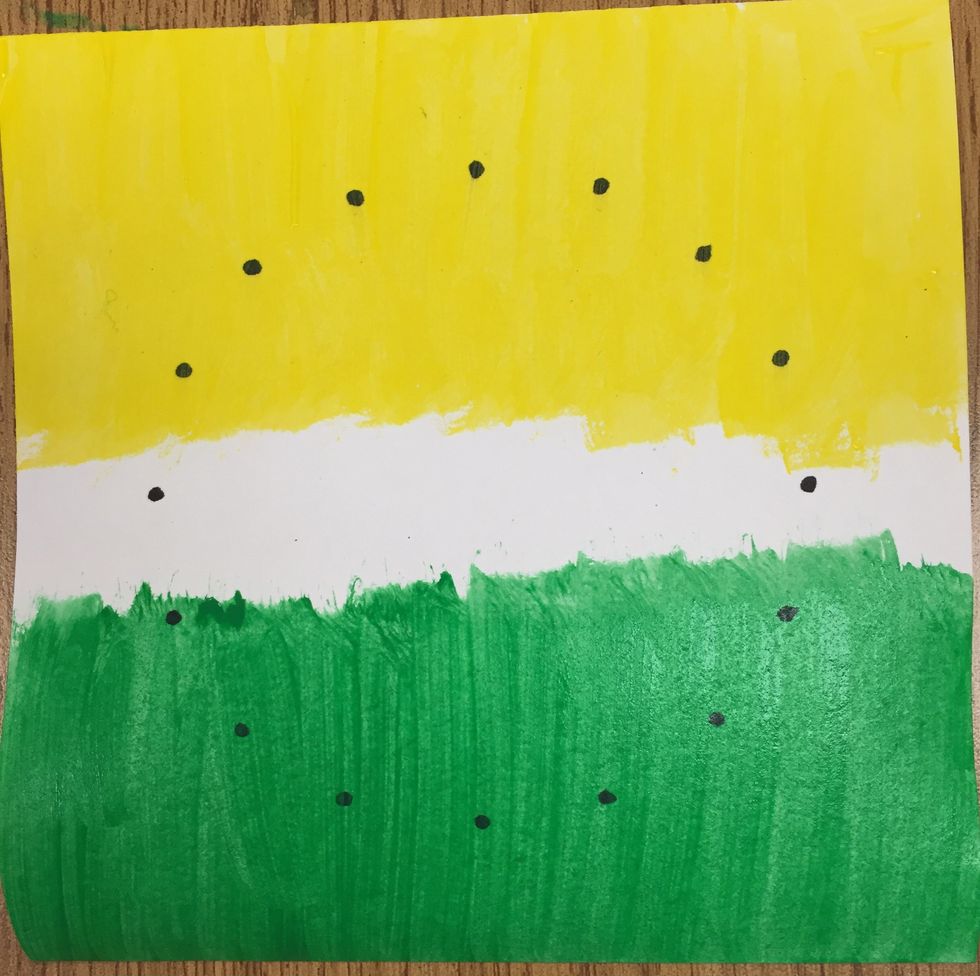
Next, use your second color to paint less than halfway up from the bottom. Leave a space in between the two colors. Wash your brush and wait for the next direction.

Next, have ONE person from your table mix a LITTLE of the darker color into the lighter color.
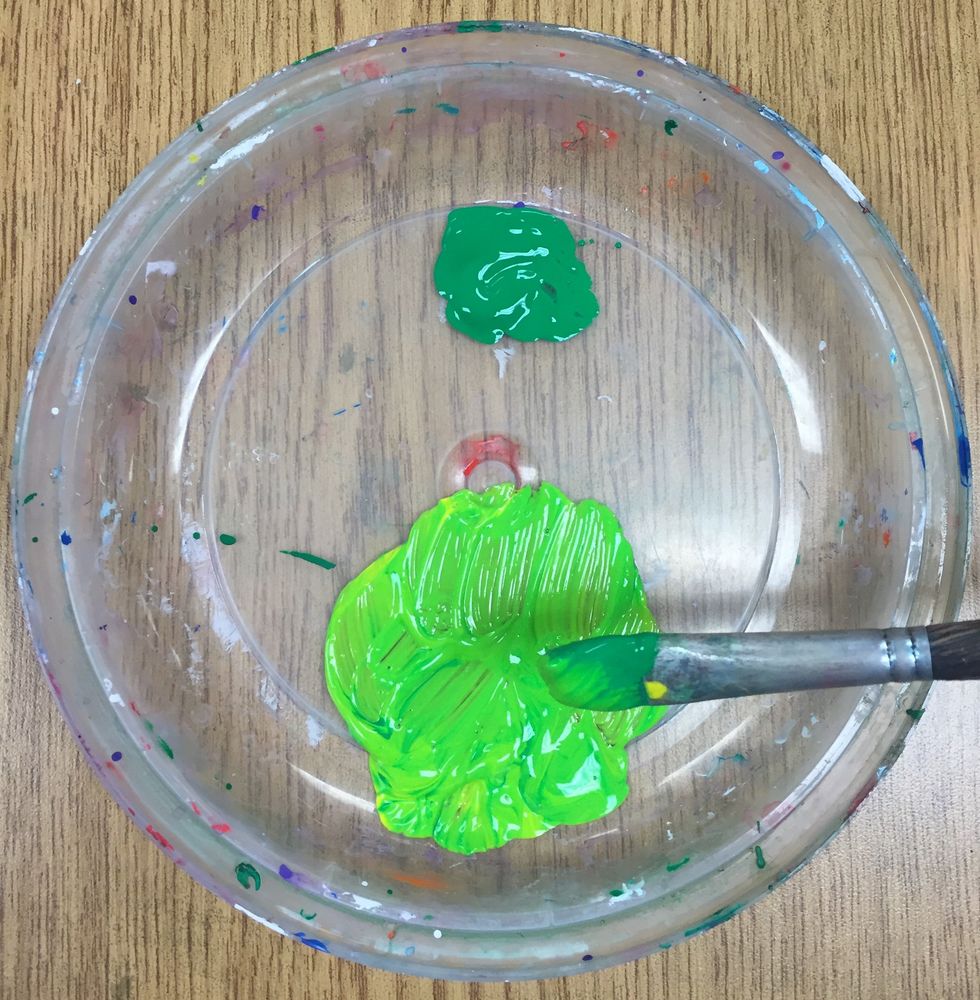
Mix until you have made your Intermediate color. Make sure you can tell a difference between your new color and the two colors you began with.
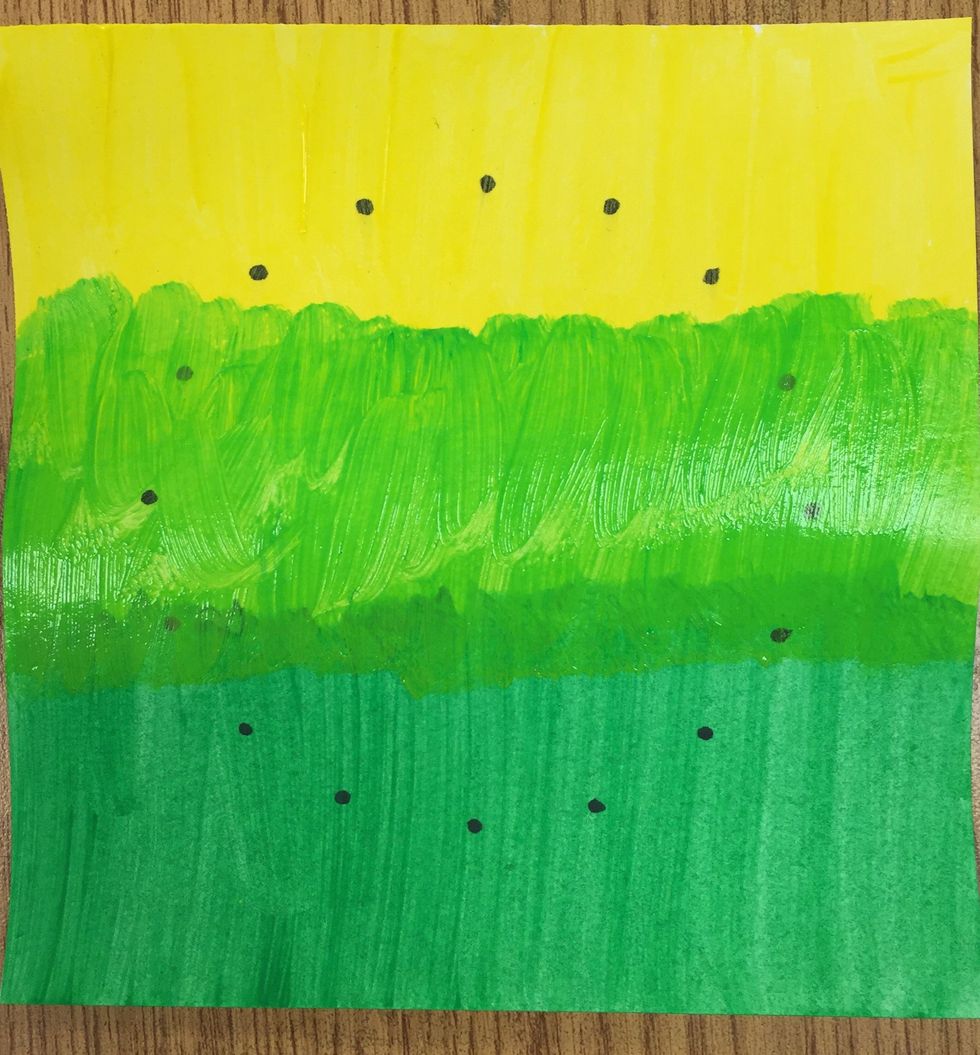
Paint the gap between your first two colors with your Intermediate color. You may want to paint over the edge of the other two colors a bit so that you have 3 even sections of color.
Make sure all your holes are cleared of paint using the sticks in the 5th grade supply box so that you will be able to pull a needle through them next class period. Clean the sticks with a dry towel.
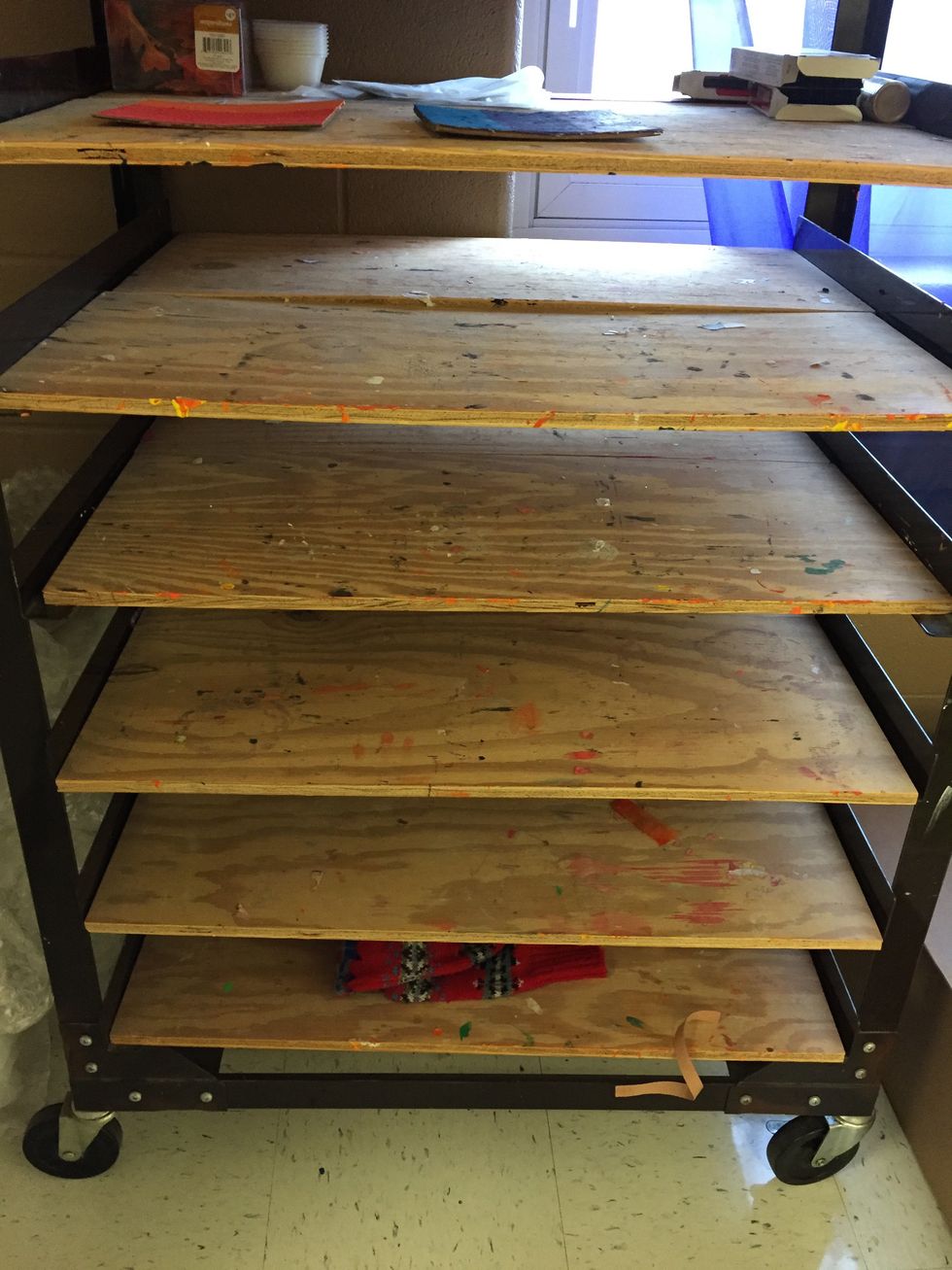
Put your painted cardboard on the wooden drying rack by the window. Clean painting supplies and the table you were sitting at. Go back to your regular seat.
- Cardboard from previous class period
- Paint
- Water container half full
- brushes for everyone
The Conversation (0)
Sign Up